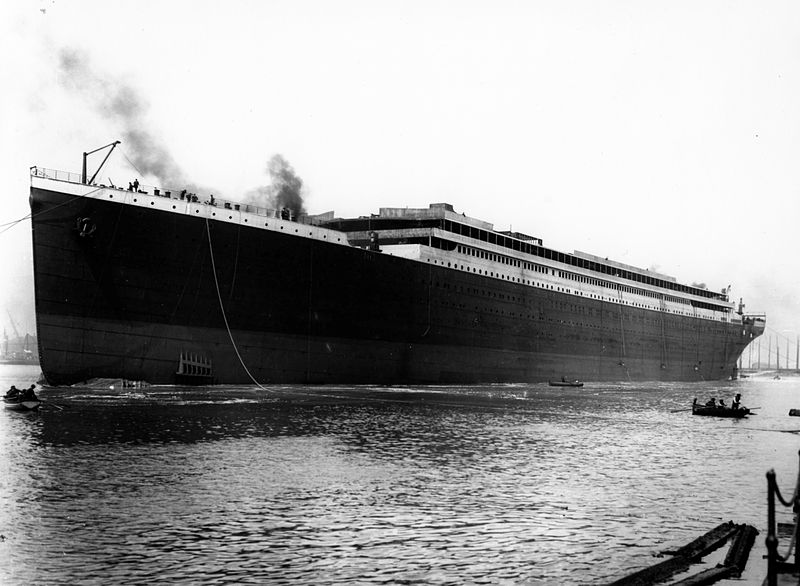The Titanic was lauded as an unsinkable ship. History, obviously, has proven that statement false. Our fascination with the Titanic and its tragic tale has not waned with the years, and our interest has been awarded with never-before-seen records of Captain Edward Smith and his crew of the Titanic. These records went online for the first time last year.
The details of the doomed captain, along with the records of more than a million other seamen, from first officers to stockers, were published at Ancestry.co.uk as part of the Liverpool Crews List 1861-1919 collection. This collection includes the names of every crew member who worked on ships registered to the Port of Liverpool.
The Titanic was built by Harland & Wolf in Belfast, but was designed in Liverpool, which is one of the biggest ports in the world. About ninety members of the Titanic’s crew came from Liverpool – two of which were the lookouts who spotted the iceberg, according to the Daily Mail.
The captain of the unfortunate ship, Edward Smith, was born in Hanley, Stoke-on-Trent in 1850, and in 1880 he joined the White Star Shipping Line. Smith was chosen to captain the Titanic on her maiden voyage from Southampton to New York City. A true captain, he stayed with his ship and died along with more than 1,500 people when the ship sank in the early hours of April 15th, 1912.
There are many records detailing Captain Smith’s role in the fatal voyage, but historians are in disagreement over his final moments before the ship sank. What is known was that Captain Smith was awoken about twenty minutes before midnight on April 14th, after the ship collided with an iceberg.
Some historians argue that Smith panicked and hid in his quarters while the crisis unfolded outside. He has been criticized for allowing the lifeboats to leave before being completely full. Had the lifeboats been filled to capacity, the death toll would have been considerably less.
Other historians, however, point to other stories; the stories of Captain Smith helping children into the lifeboats. He also appears to have made no attempt to save himself and died at the helm. It is a common belief that Captain Smith was last seen in the bridge area after giving the final order to abandon ship. A noble image, to be sure.
The Liverpool Crews List collection of 1861-1919 contains the records of 912 ships, including the specifics of the crews. The collection is very detailed; this list has each crew member’s name, age, birthplace, residence, and past maritime experience, as well as remarks on their behavior. There are notes on whether the crew members were discharged, deserted, or died at sea.
Miriam Silverman, a Senior UK Content Manager of Ancestry, explains the collection. “From ship captains to their crew, this collection sheds light on a period in which the port of Liverpool was a global transport hub,” she said. “With more than a million maritime records now available online at Ancestry, it will also be of huge significance for anybody looking to trace their seafaring ancestors back to Liverpool at this time.”
The records can be viewed on the Ancestry.co.uk website, for those who have an account. Online videos of the Titanic are also available to a wider audience. As they are from older cameras, the videos are mostly silent, and in grainy black-and-white. Such videos depict the triumphant departure of the great ship. It is undeniably an impressive sight. There is even some footage depicting Captain Smith on the Titanic before the disaster, and a lot of ocean scenes with icebergs in them.
